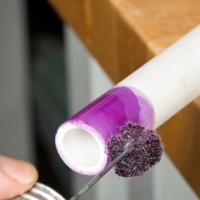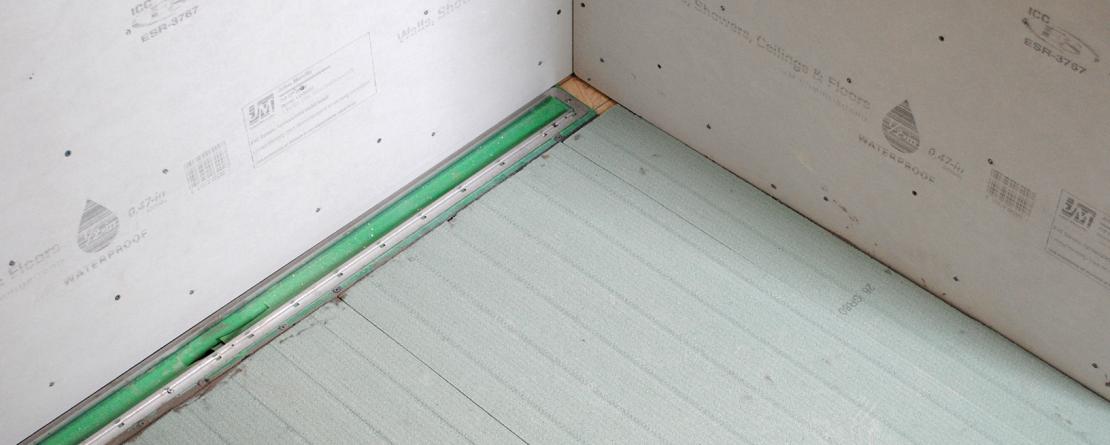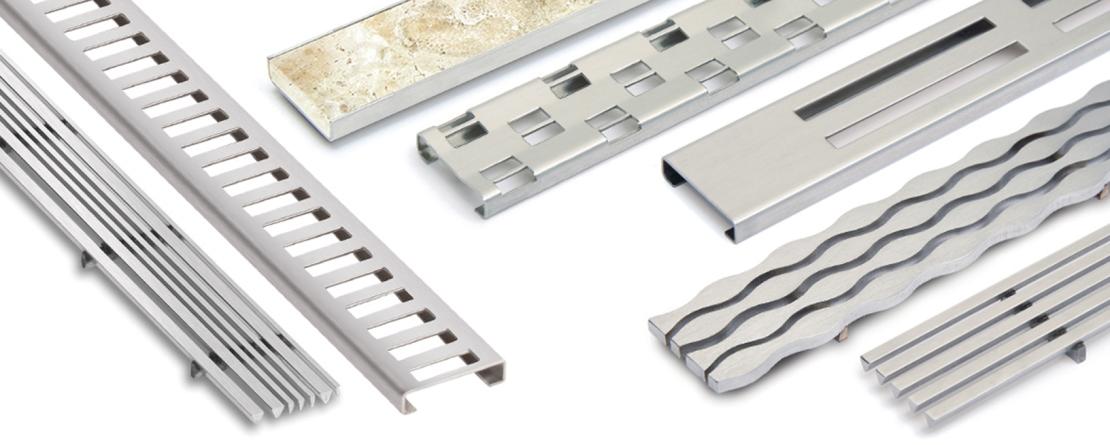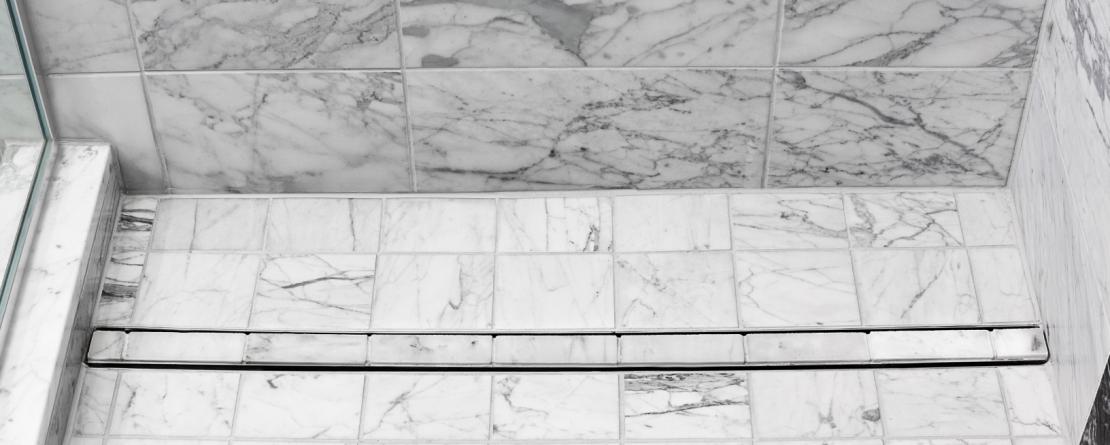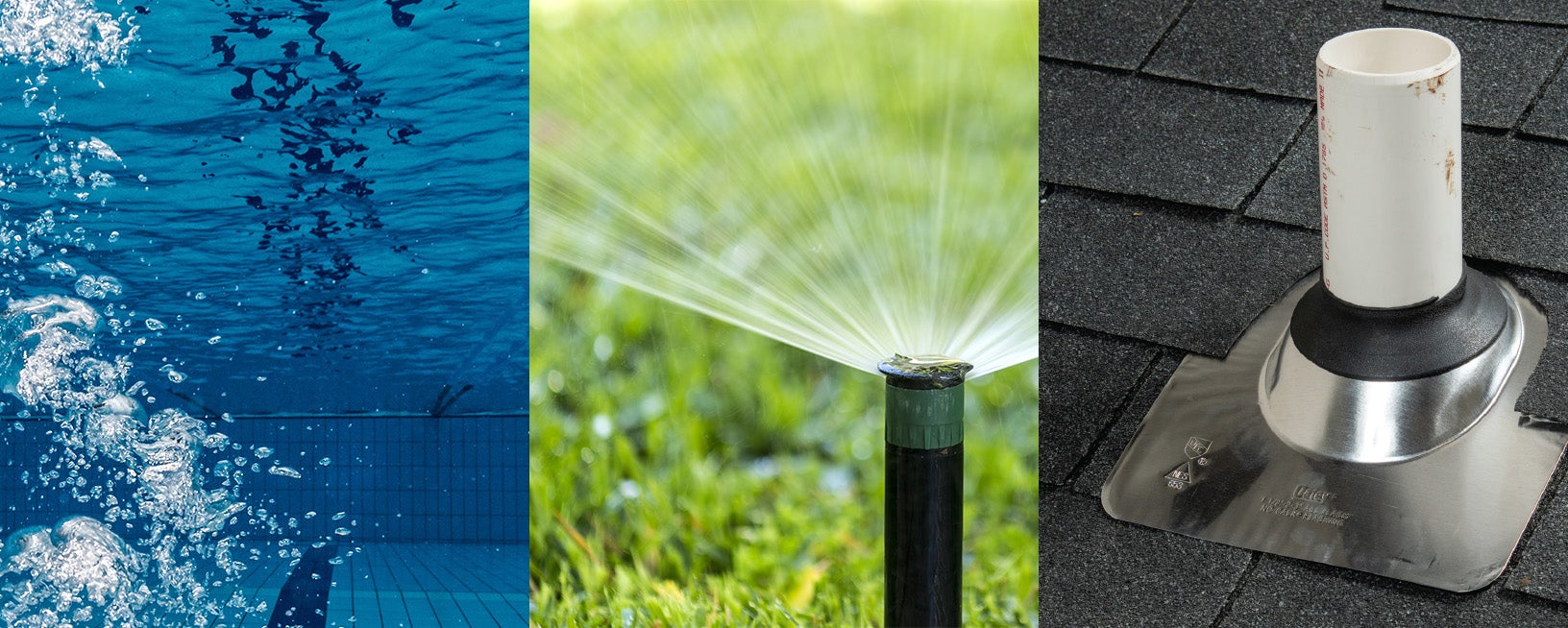
Specialty Construction
Oatey offers a range of products uniquely designed to meet the needs of the irrigation, pool and spa and building materials markets. From plastic pipe cements and primers to roof v...
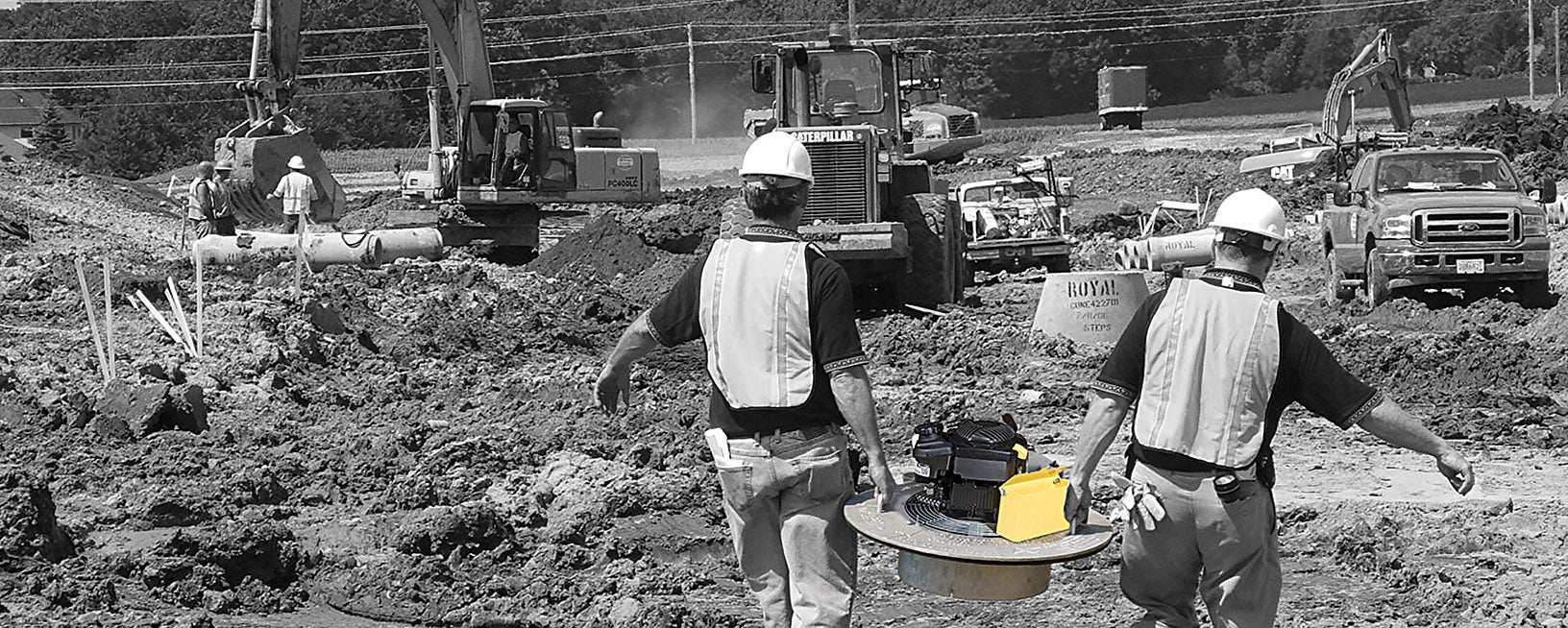
Waterworks
Test with the Best Cherne is the recognized world leader in pipe plug and testing equipment manufacturing. Serving the plumbing and underground industries for more than 60 years...

Commercial Plumbing
Engineered to inspire. Designed to perform. Oatey offers a wide range of commercial plumbing products created specifically for architects, designers, and engineers to see thei...


